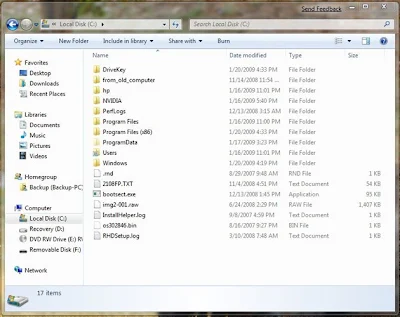The design-and-verification industry is at the intersection of two important trends in the design and verification of SOC (system-on-chip) devices: the adoption of SystemVerilog HDVL (hardware-description and -verification language) and the increasingly critical role for coverage metrics. The interest in System Verilog is understandable; this IEEE-standard language has the features for RTL (register-transfer-level) design, high-level modeling, testbench creation, and assertion specification (Reference).
SystemVerilog also provides constructs for design-and-verification engineers to specify functional coverage points—conditions that designers must exercise for complete verification of the design. Designers increasingly use functional coverage to supplement traditional code coverage. The primary driver for this evolution is the widespread use of constrained-random-stimulus generation.
Traditional verification plans typically include a list of design features or tests that verify features and test status. This approach has worked well with handwritten, directed tests because of the clear correspondence between features and tests. However, verification consists of writing and running each test in simulation, perhaps after turning on some code coverage to help identify features you may have missed in the plan.
Constrained-random-stimulus generation requires a different approach, in which each automatically generated test can exercise many features and parts of the design. A modern verification plan lists features, functional coverage points for the features, and coverage status. You gauge verification closure by the number of coverage points you exercise rather than the number of tests you complete.
SystemVerilog provides all the features necessary to develop both handwritten tests and constrained-random testbenches and to track progress toward closure. Most simulators have built-in code coverage for the new design constructs that SystemVerilog introduces. Thus, code-coverage metrics are available for designs taking advantage of the language's advanced RTL features.
SystemVerilog provides several powerful specification methods for functional coverage. The first is cover property, which is part of the SVA (SystemVerilog Assertions) subset of the language. SVA's assertion features, including temporal sequences, are also available for functional coverage.
For example,
MiniMuM and MaxiMuM response
minimum_response: cover property (@(posedge clk)
(req ##1 ack ));
maximum_response: cover property (@(posedge clk)
(req ##5 ack ));
Above example ensures that the simulator exercises the two extremes—one and five cycles—of a request-acknowledge handshake. Both simulators and many formal-analysis tools support the cover-property construct. If formal analysis can prove that a coverage point is unreachable, a design bug may be blocking important functions from being exercised. If formal analysis instead provides a trace showing how to reach a coverage point, this trace can provide a good hint on how to write or generate a test.
Beyond individual coverage properties, you sometimes must track ranges of values. SystemVerilog provides the cover-group construct, which is not part of SVA, to perform this function.
For example,
PayLoad sizes of incoming Packets
minimum_response: cover property (@(posedge clk)
(req ##1 ack ));
maximum_response: cover property (@(posedge clk)
(req ##5 ack ));
covergroup payloads_seen (@(packet_received);
coverpoint payload_size {
bins empty = { 0 };
bins minimum = { 1 };
bins maximum= { 1023 };
bins others = default; }
endgroup : payloads_seen
Above example tracks the payload sizes of incoming packets on a network interface and ensures the coverage of corner cases of empty, minimum, and maximum payloads. SystemVerilog also provides the cross construct to measure cross-coverage between two coverage points. This feature allows the tracking of combinations of coverage metrics.
For example,
EnumEratEd typE for four packEt cLassEs
enum { read, write, atomic, ctrl } packet_class;
covergroup packets_seen (@(packet_received);
coverpoint payload_size {
bins empty = { 0 };
bins minimum = { 1 };
bins maximum= { 1023 };
bins others = default; }
coverpoint packet_class;
cross payload_size, packet_class;
endgroup : packets_seen
Above example specifies an enumerated type for four packet classes for the network interface, adds a cover point to track the packet classes, and crosses the packet types with the payload sizes.
Ultimately, the SOC-tapeout decision must take into account all coverage metrics. Although functional coverage is the primary method, code coverage has value as a backup to identify areas of the design with no functional coverage due to an incomplete verification plan. The project team needs to merge together code- and functional-coverage results to assess verification progress and help determine verification closure. Coverage is critical for modern, constrained-random verification. Without effective metrics, no reliable way exists to gauge status and manage progress. In addition to its other features and benefits, SystemVerilog provides support for functional coverage. By including coverage in the verification plan from the start of the project and taking advantage of SystemVerilog, the SOC team can employ a complete plan-to-closure methodology that greatly increases the chances for a successful product.






















